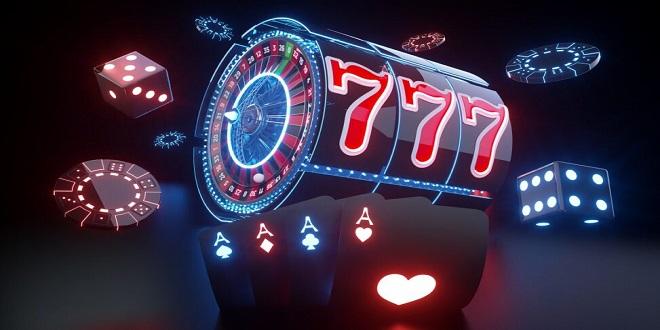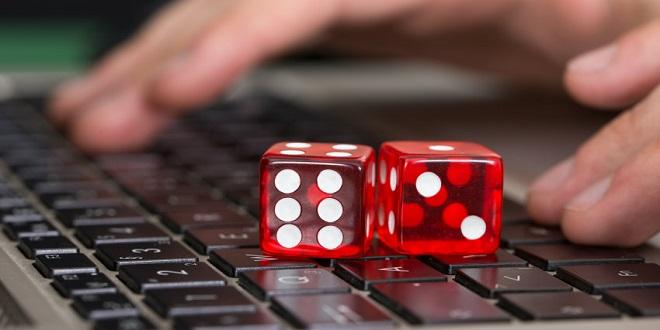What is Penalty? Explore This Basic Concept In Soccer

What is a penalty in a soccer match? On the field, a penalty kick can decide the outcome of the confrontation. However, not everyone clearly understands the meaning and regulations of this form. Let’s join Link New88 Explore the basic concept to understand how this kick is applied and its impact in the world of soccer.
Overview of penalties
“What is a penalty?” – a question that many people still wonder. This penalty kick is also known by many other names such as: penalty, 11m free kick or most briefly for many brothers, pen kick.
In soccer, penalties are often given when a team is fouled by an opponent in the opponent’s penalty area. This is one of the important and stressful situations that can decide the outcome of the match.
Penalties are taken by placing a ball on the penalty mark, located approximately 11 meters from the goal. A player from the fouled team will be tasked with directly confronting the opposing goalkeeper.
When are penalties taken?
After knowing what a penalty is, we will continue to analyze when a penalty is kicked. The most common situations under the law that can lead to an 11m kick are:
Direct foul in the penalty area
The penalty area is calculated with an area of 16m50 in front of the goalkeeper’s goal. This is a restricted area and is paid close attention by the “black kings”. When a player commits a direct foul against the opponent’s striker such as: blocking without the ball, pulling the shirt, illegally tackling the ball, pushing from behind… The referee can decide to take a penalty.
The ball touches the defensive players’ hands
Intentionally letting the ball touch the ball in the penalty area is a serious violation and can lead to a penalty kick. When a player intentionally uses his hands to touch the ball or block the ball within a radius of 16m50 without a valid reason, the referee will usually issue a penalty decision.
If you are wondering what the situations that lead to penalties are, we have given two specific cases above. Although VAR (Video Assistant Referee) technology is now available to support, the main decision still belongs to the referee.
How to take penalties in soccer
In addition to wondering what a penalty is, how it is done is also of interest to many readers. Penalty is a form of direct free kick when a player puts the ball into the net, the goal will be counted for the team that receives the penalty.
See : Kèo nhà cái 88
In the event that a team is awarded a penalty kick. There will be a player who is considered to have the best ability and is trusted by his teammates to take on the responsibility.
If they have this honor, the player will bring the ball to the penalty spot 11 meters away from the opponent’s goal that was drawn in advance. All remaining players except the goalkeeper will stand 11m away from the mark with a minimum distance of 9m15 according to regulations. Then wait for the whistle from the referee before taking the shot.
Depending on each person’s playing style, the way to kick the pen is also different. These include: panelenka, skipping, etc. These styles show the class of the striker and bring beautiful plays to the audience.
Violations when taking penalties you need to pay attention to
After learning about what a penalty is, readers can also feel the simplicity of this form. However, to execute a legal penalty, players also need to pay attention to factors including:
Done before the referee gives permission
A player is not allowed to take a penalty kick until the referee has given permission. Otherwise, the penalty kick will be canceled and the striker may receive a yellow card.
The goalkeeper moves off the goal line before the ball is kicked
The “keeper” must have at least one foot on the goal line before the kicker touches the ball. Just moving a few centimeters away from the line will be counted as an error. At this point, the referee will decide based on his observations or refer to VAR. If correct, the goalkeeper must receive a yellow card and have to retake the shot.
Another player enters the penalty area
Other players of both teams are not allowed to enter the 16m50 penalty area until the person taking the free kick has an impact on the ball. If the penalty area is violated, the referee can issue a yellow card to the offender and the penalty will be repeated.
So here’s the specific analysisWhat is a penalty?We have shared details through the article. Hopefully the previous information has helped readers understand clearly what a penalty kick is in football. Finally, follow New88 to update yourself with news and basic knowledge about the “king sport”!






